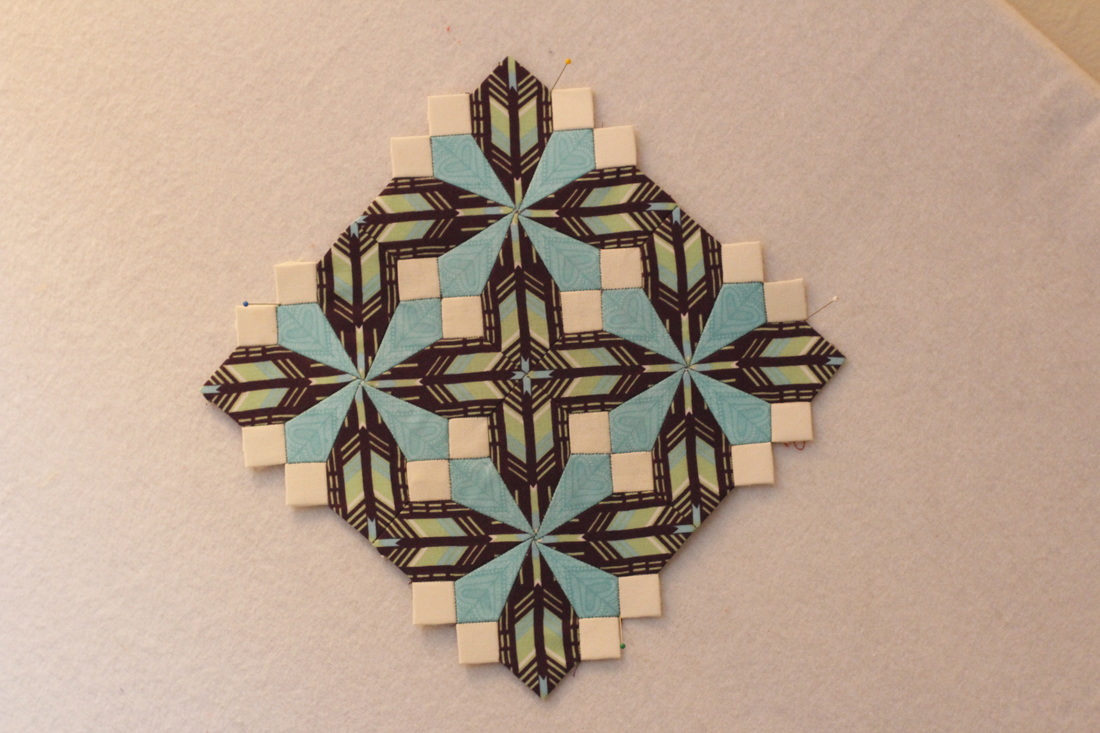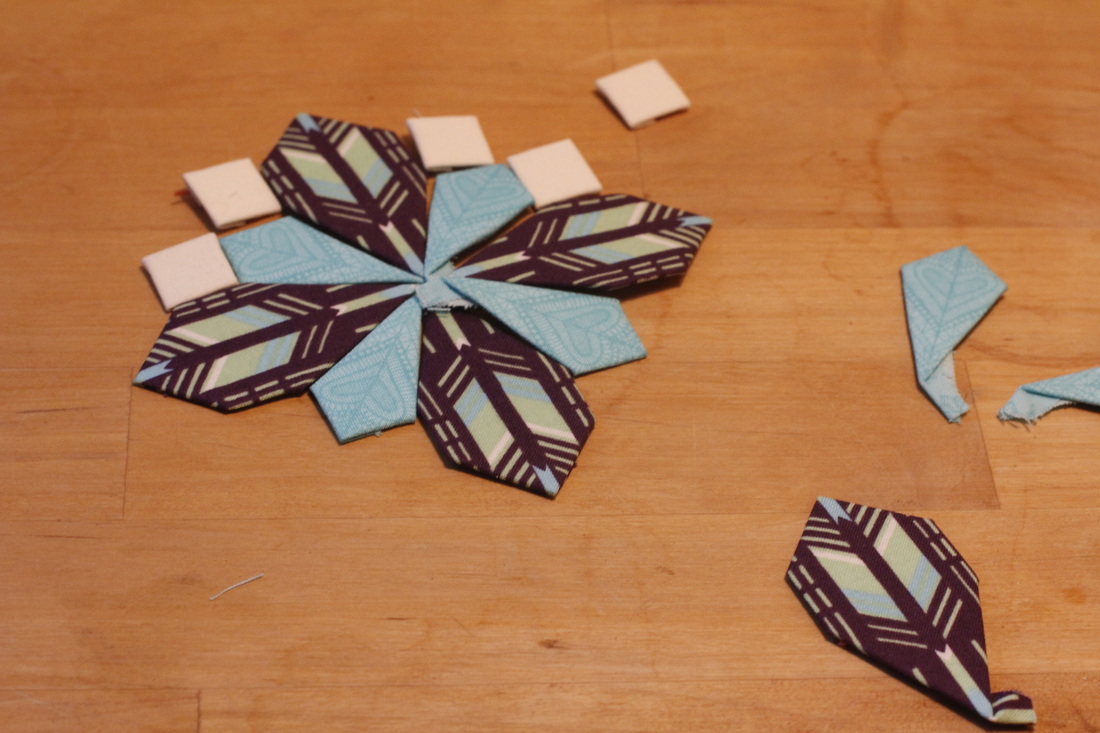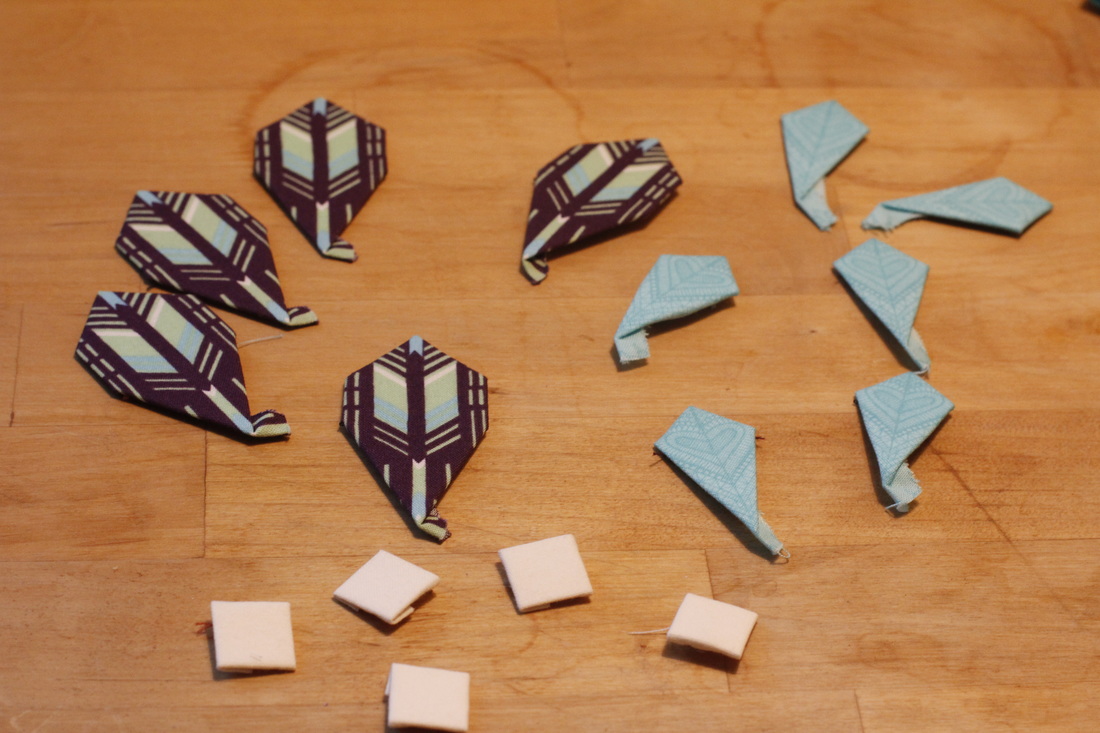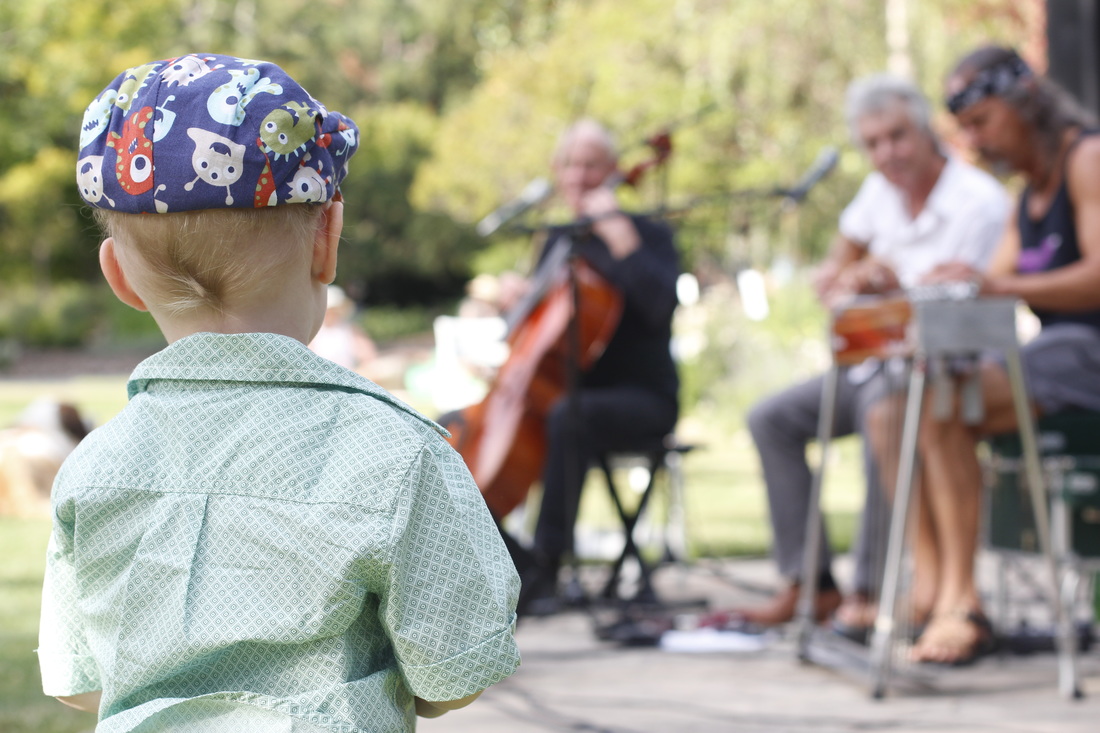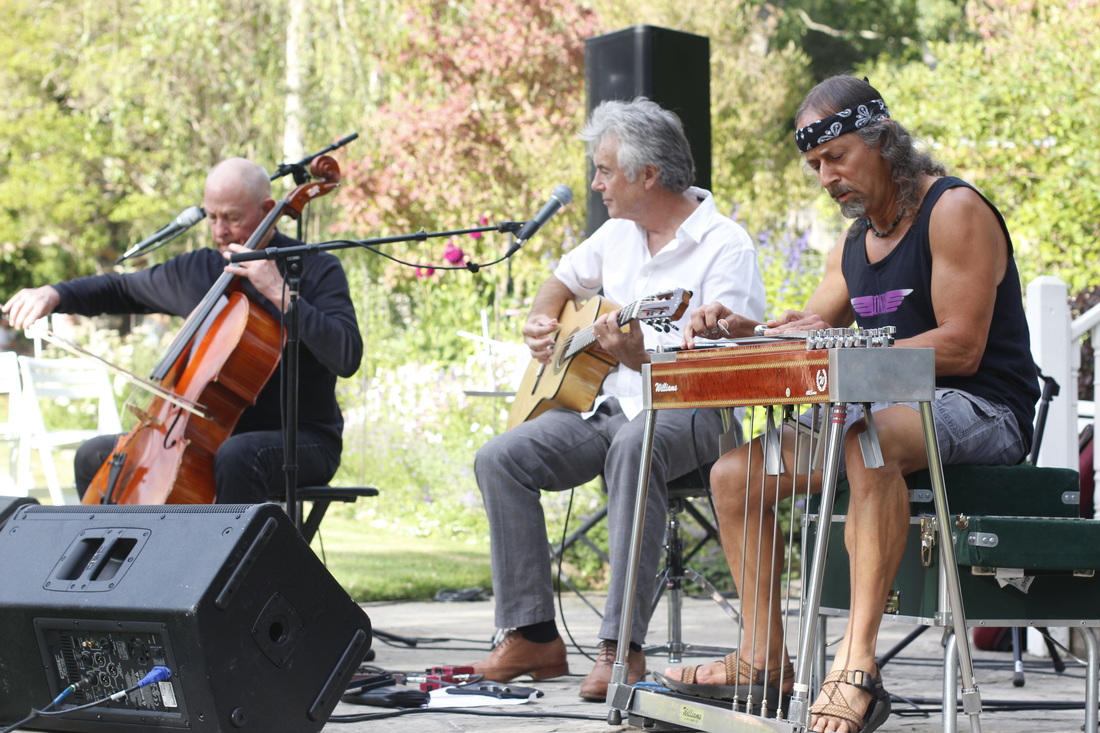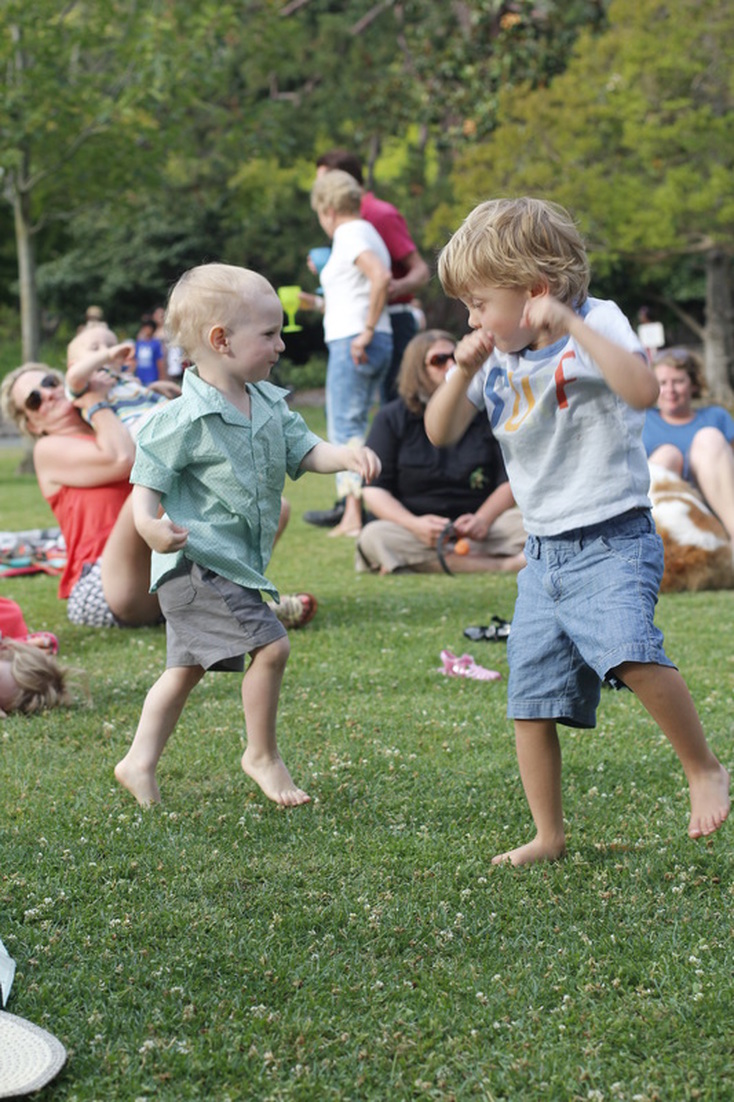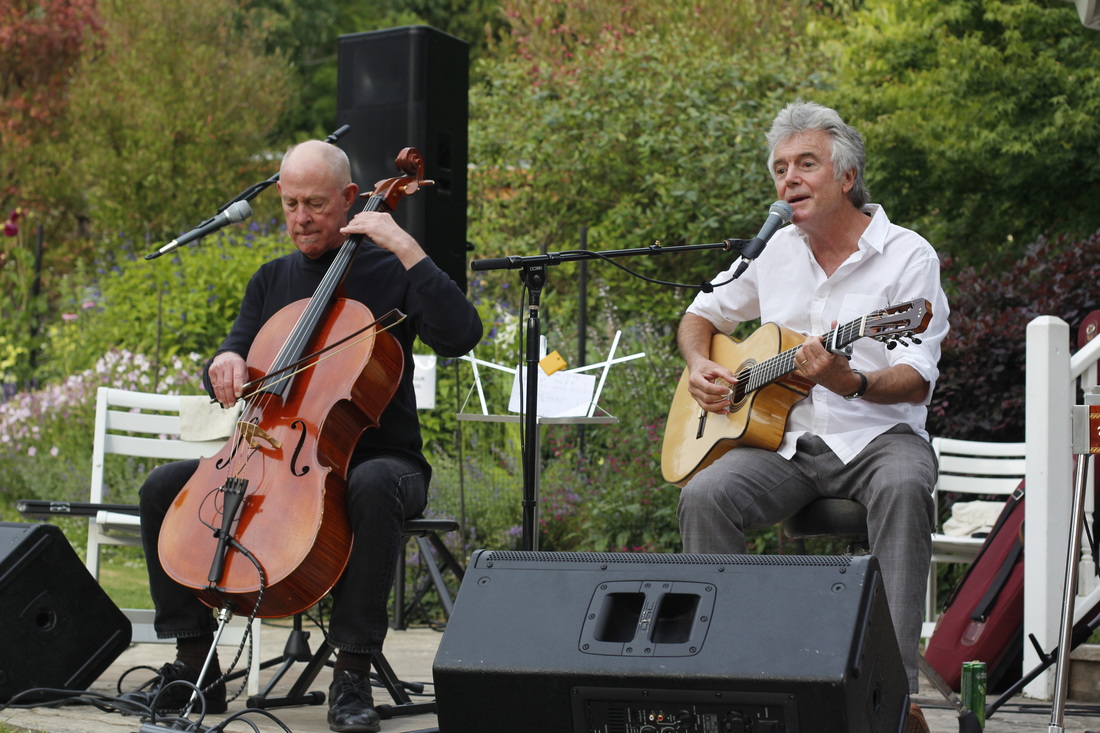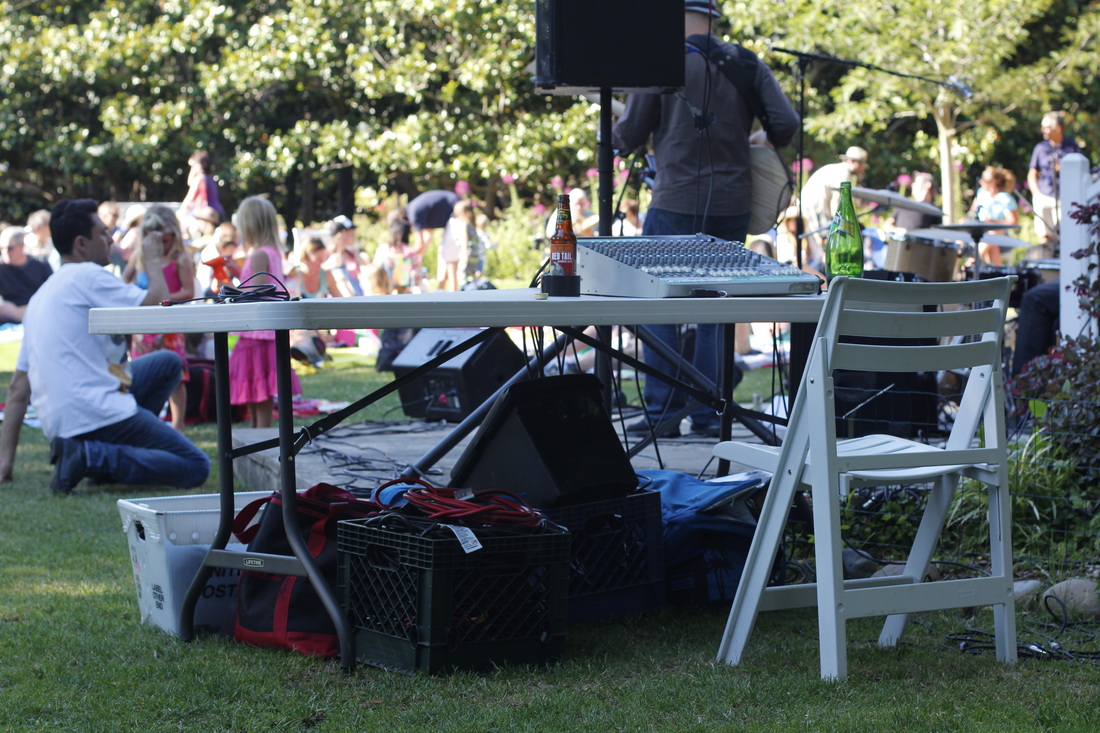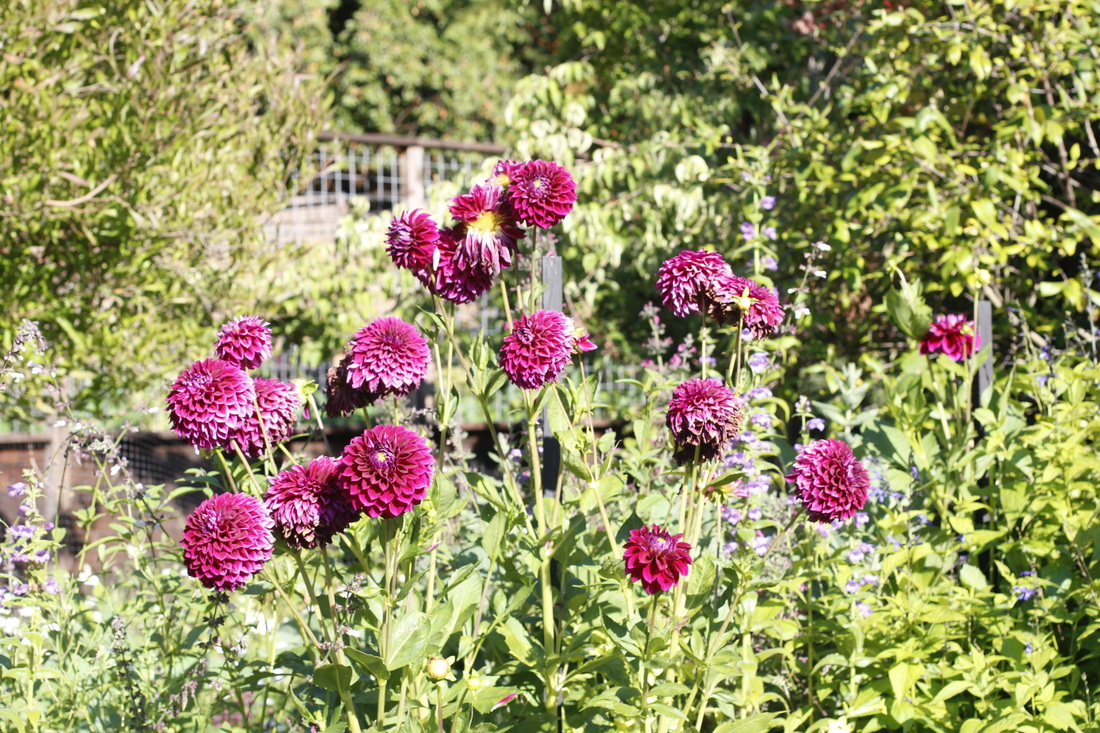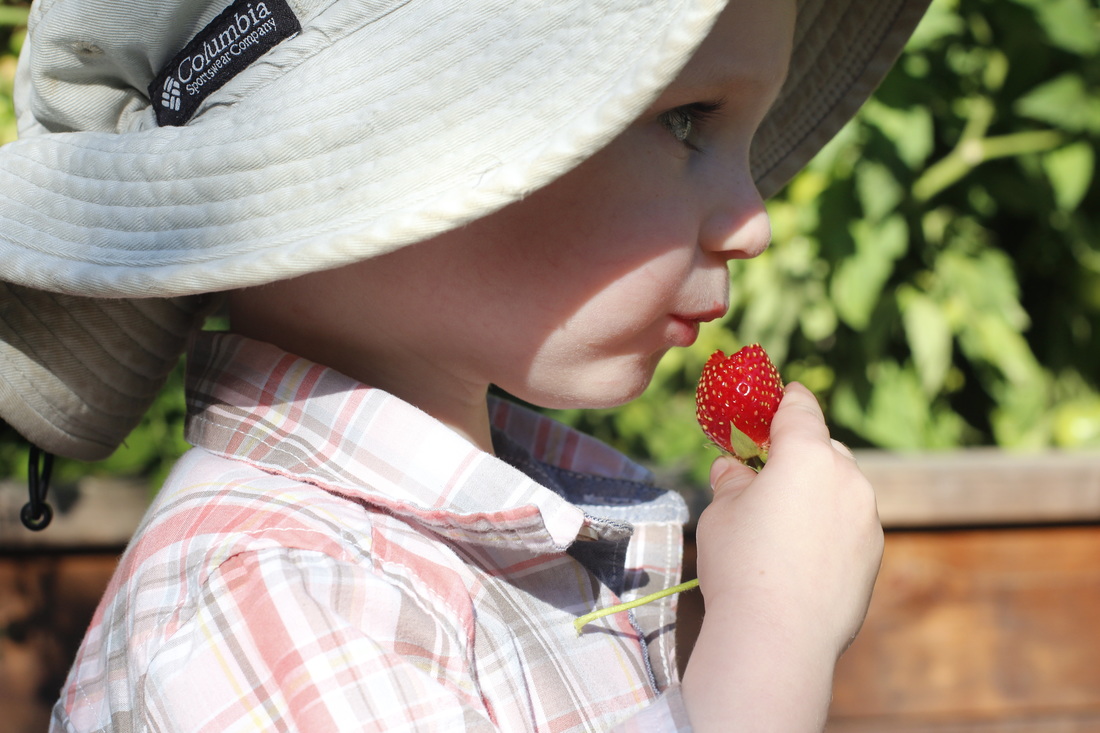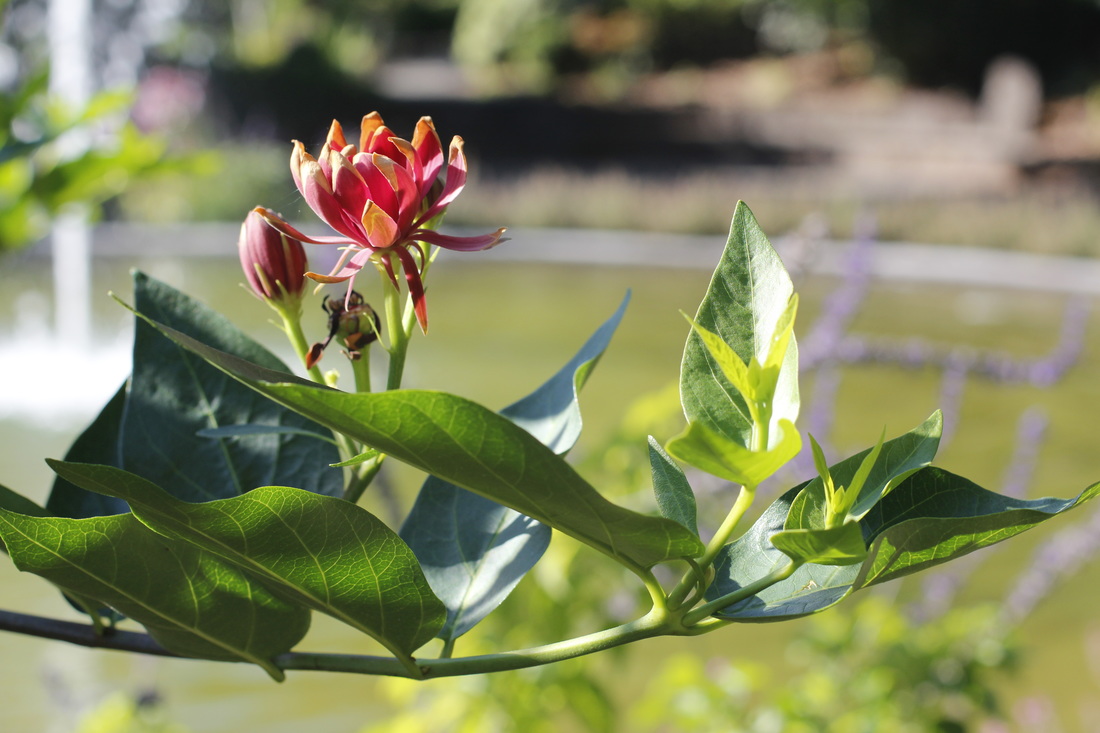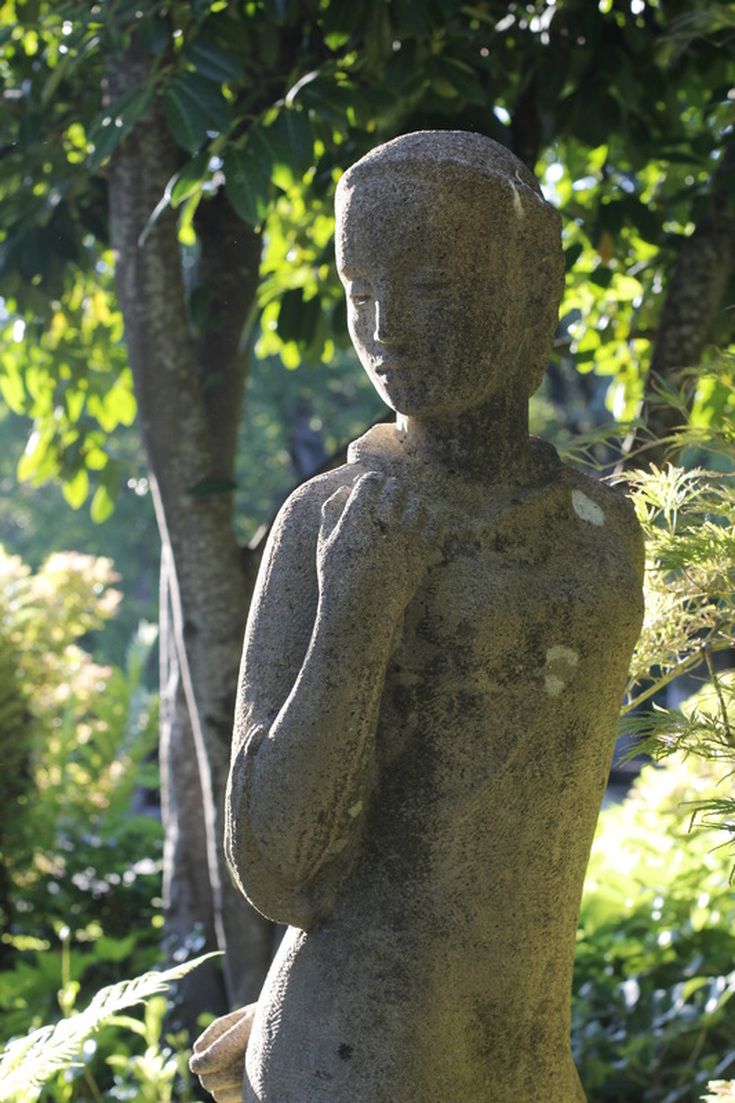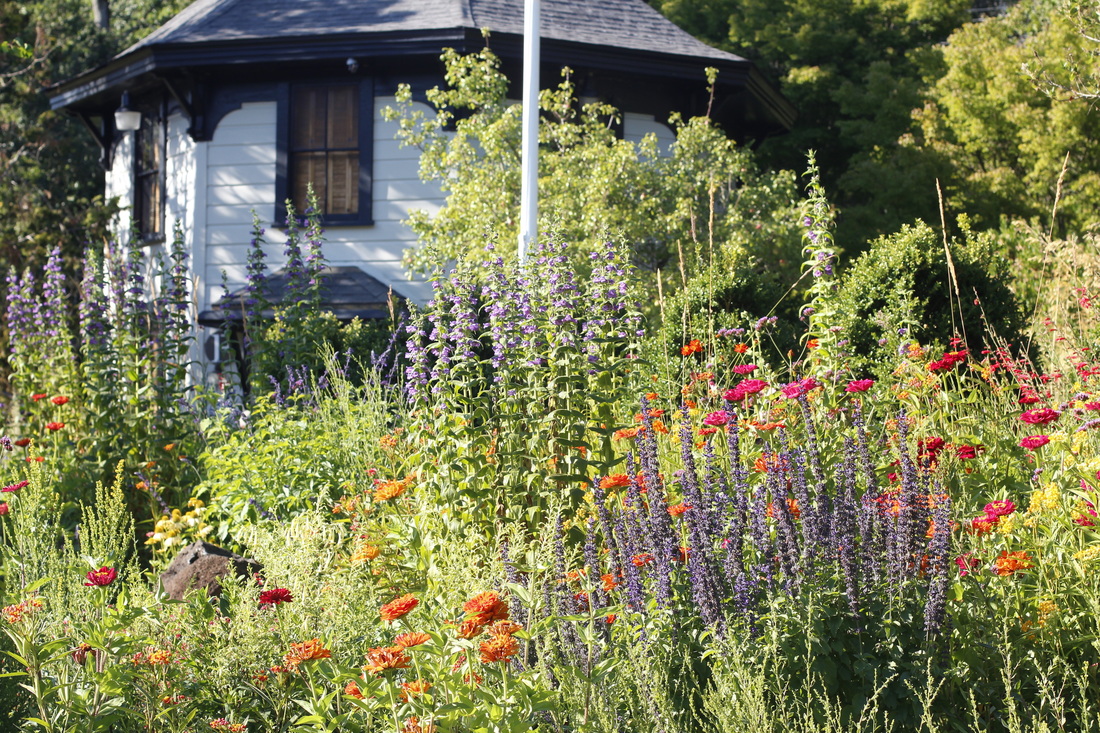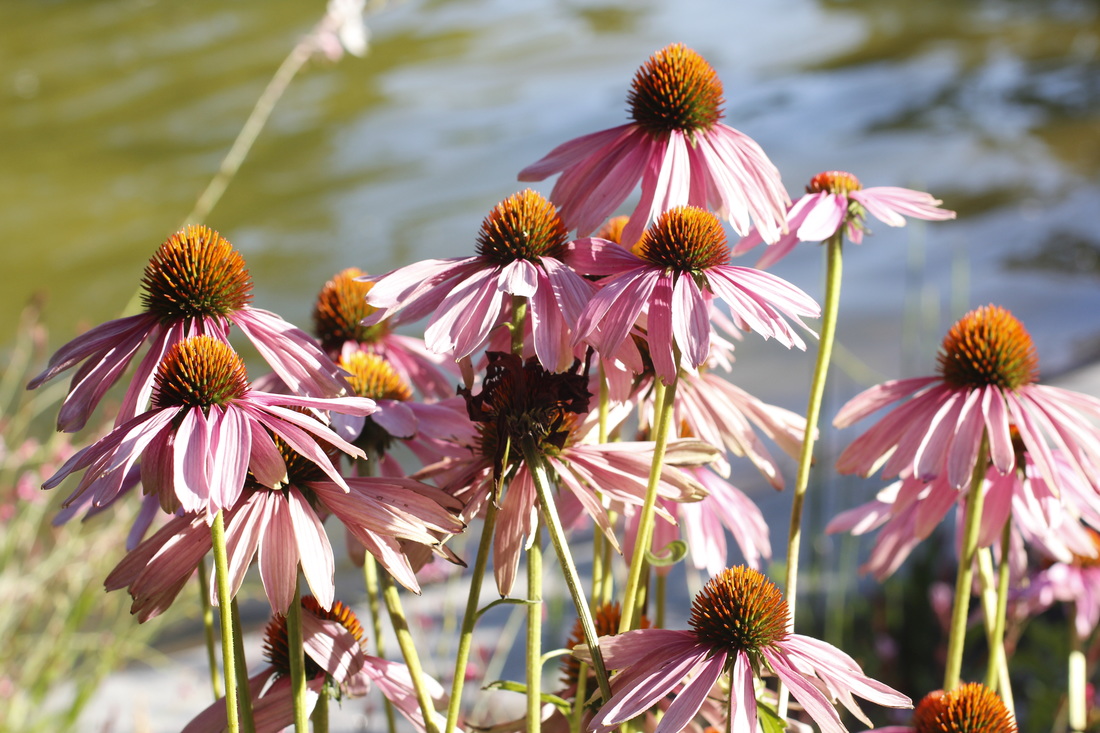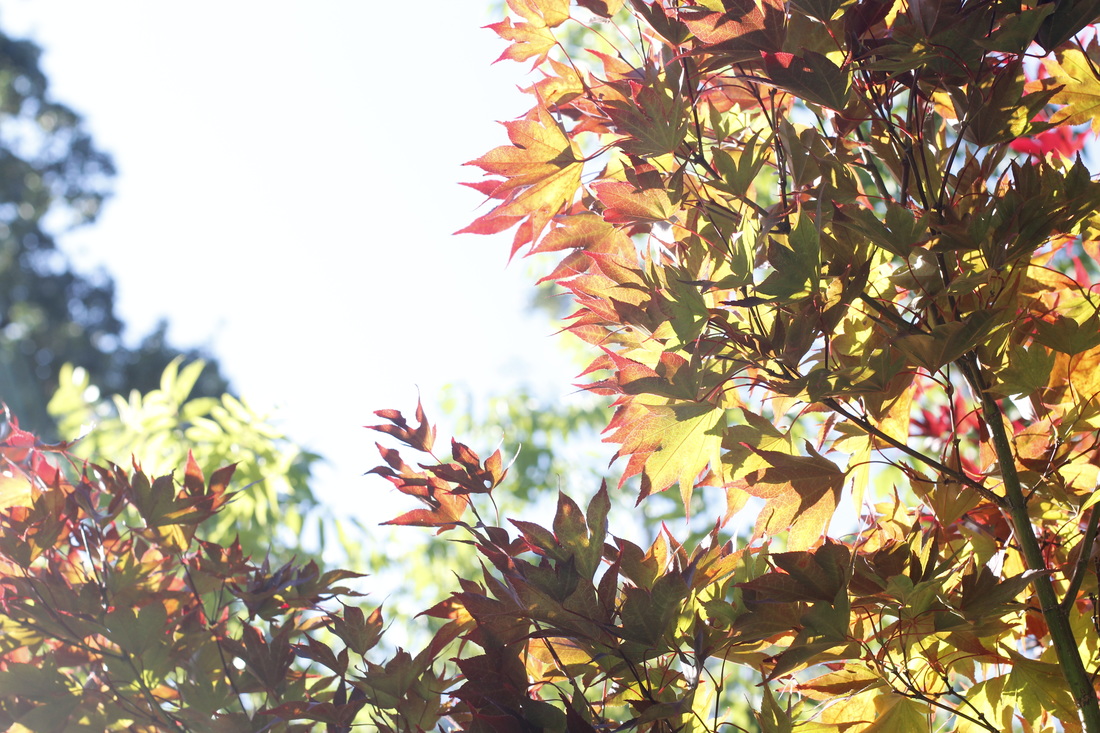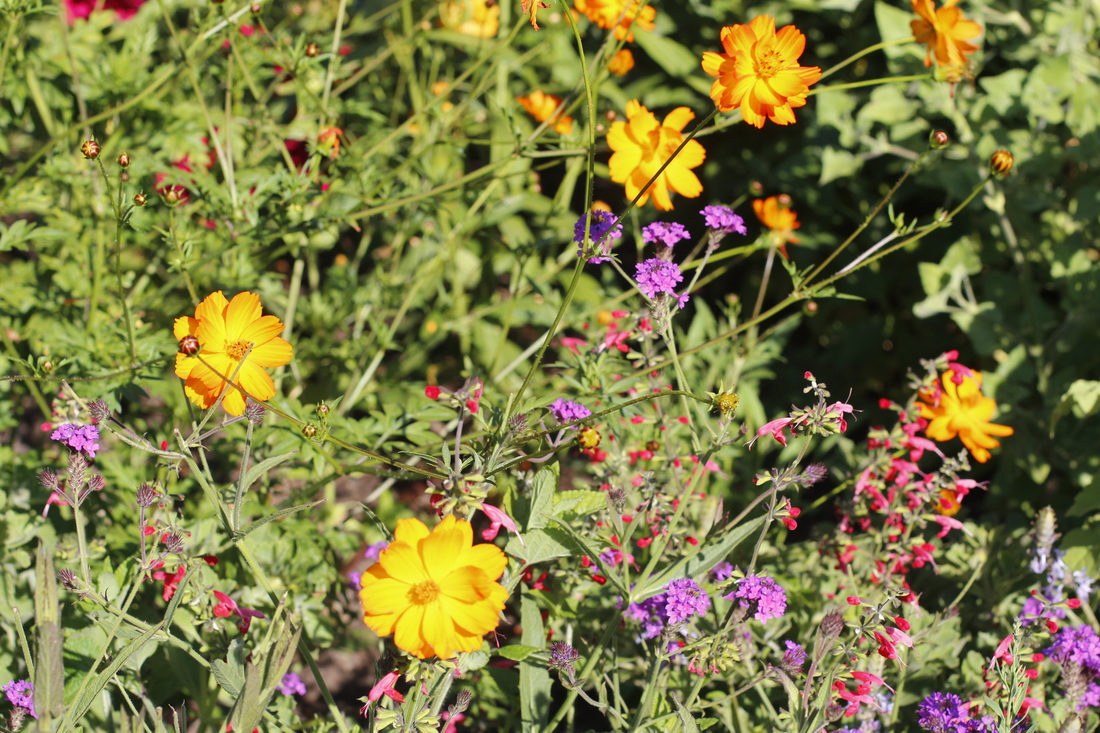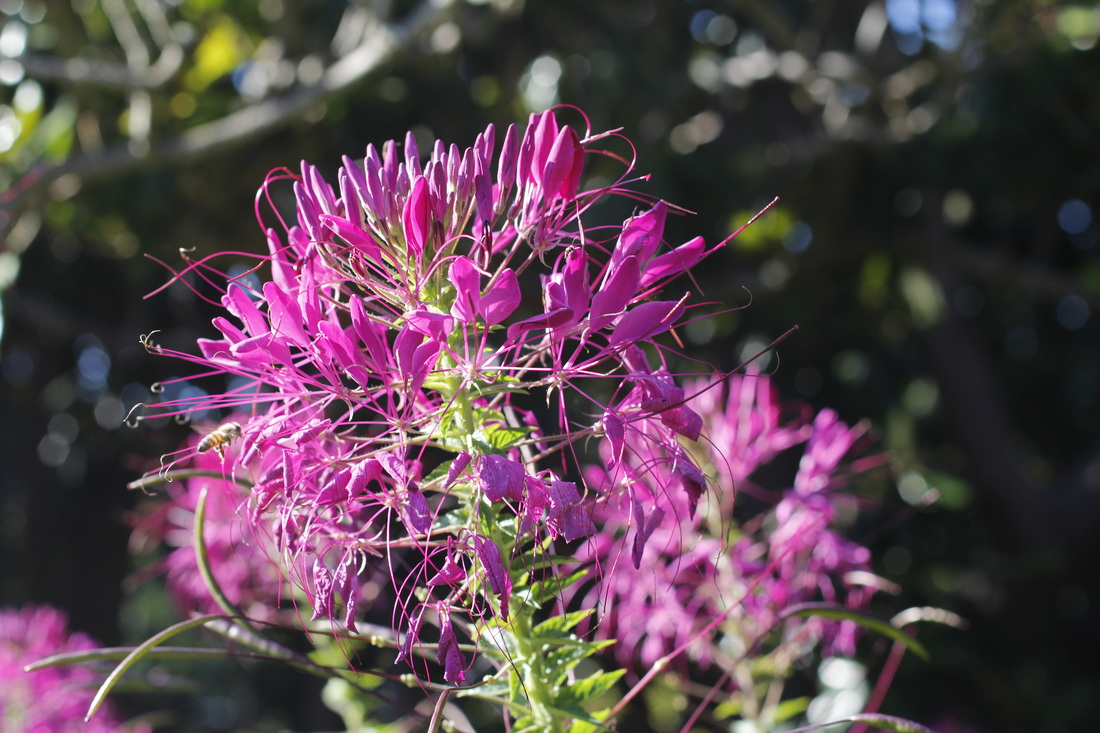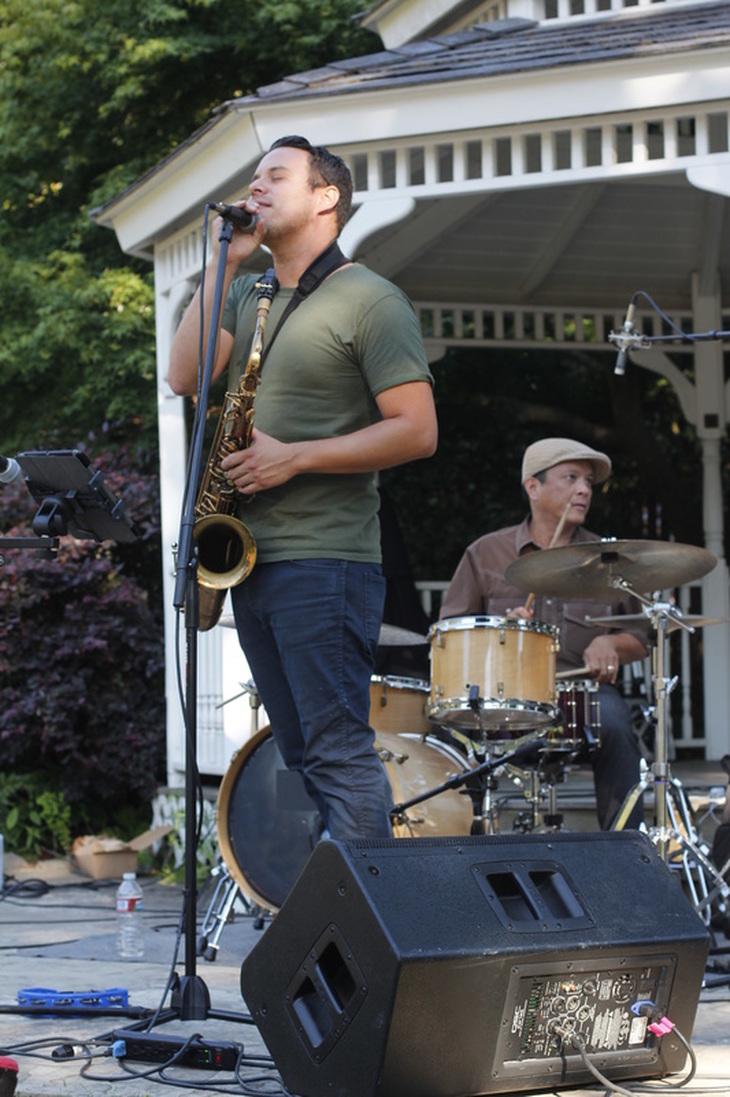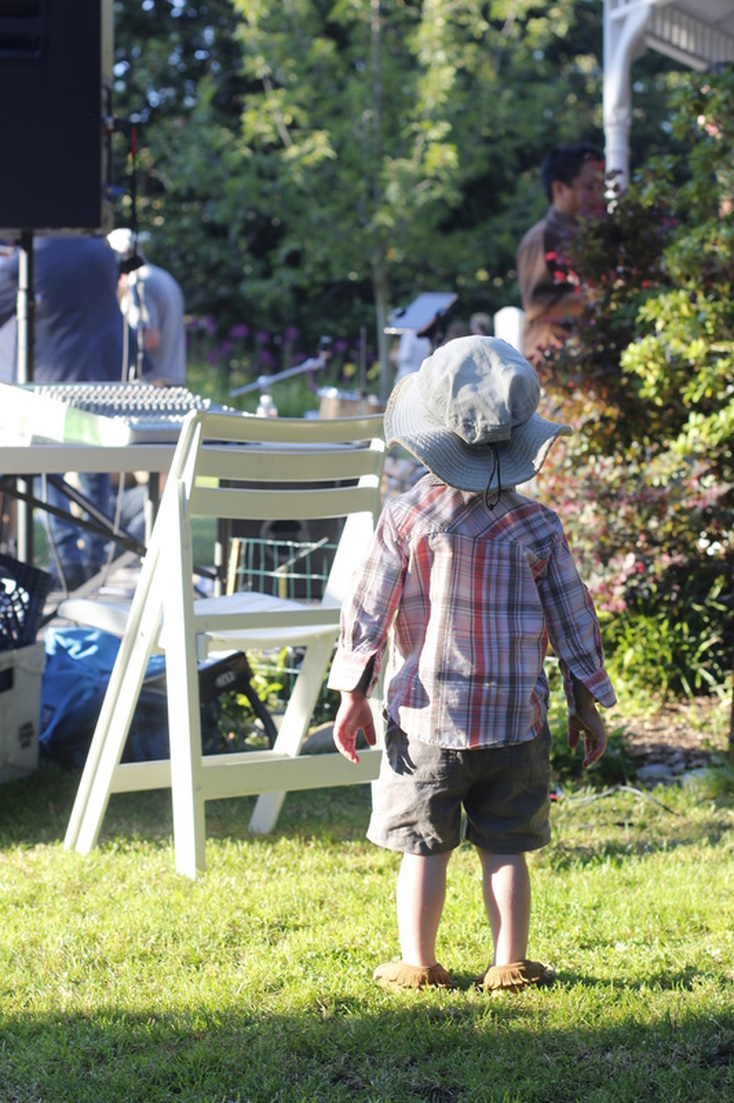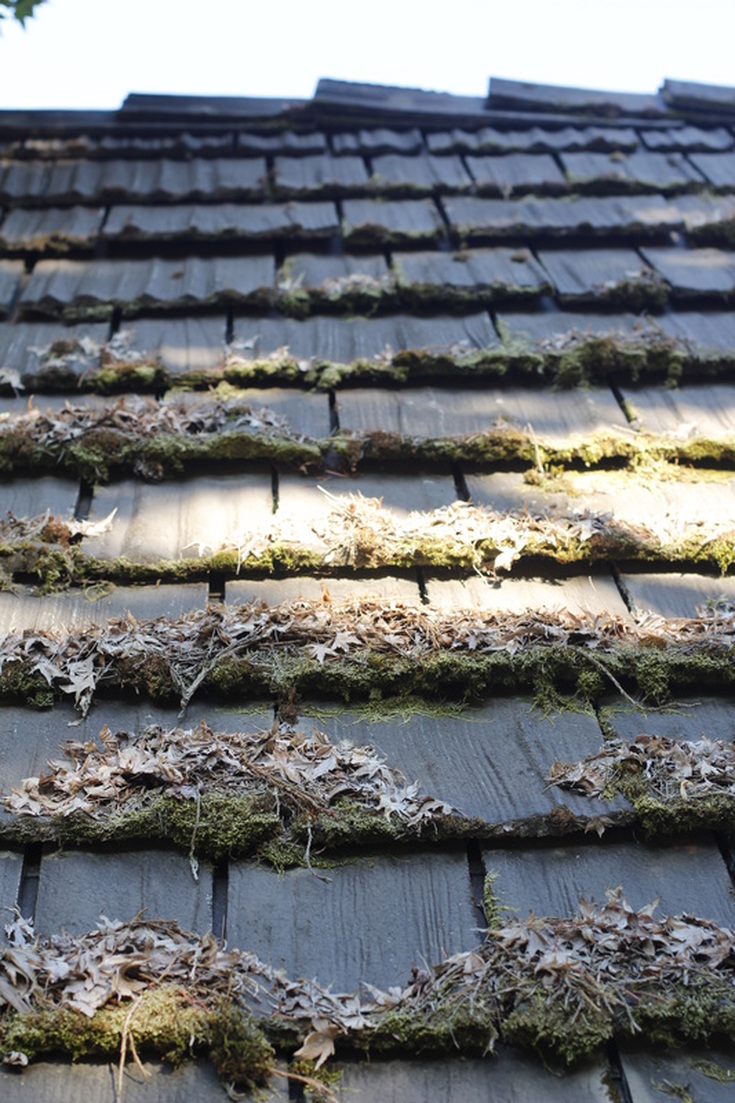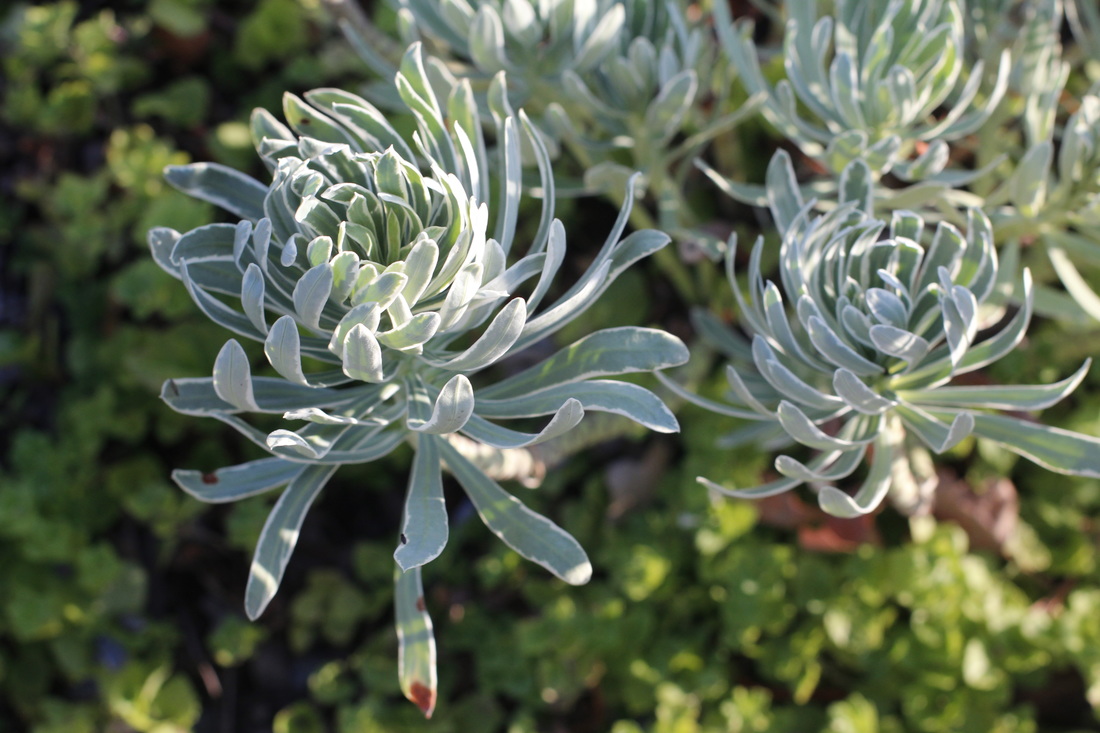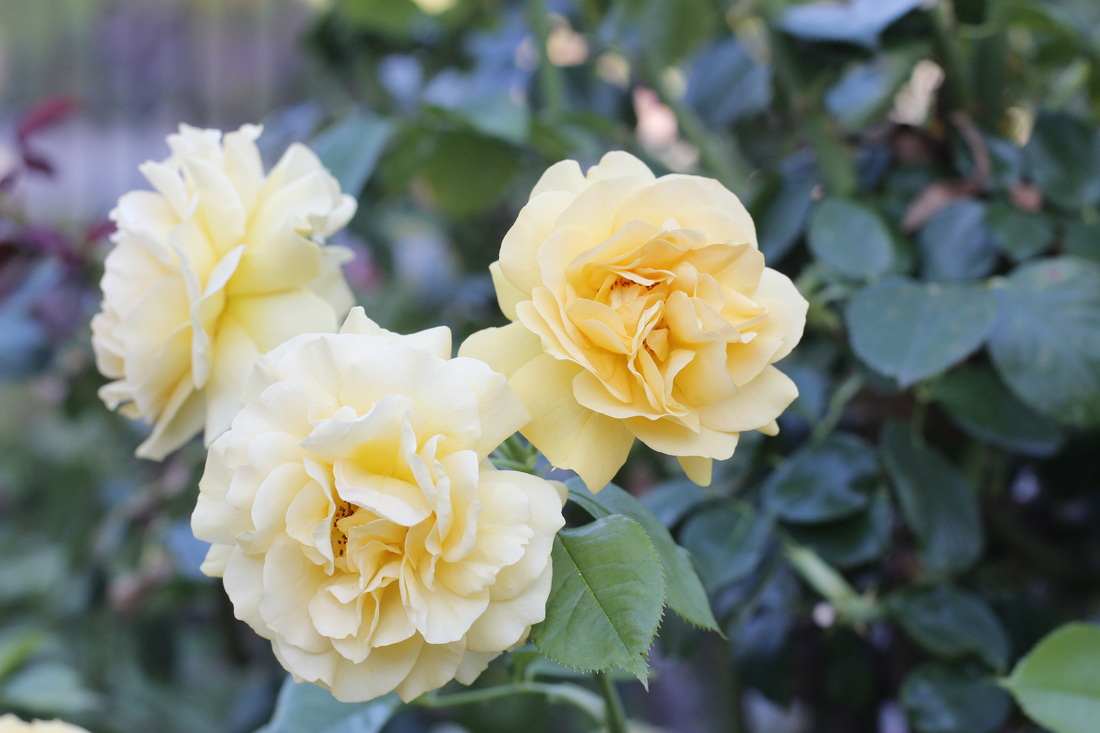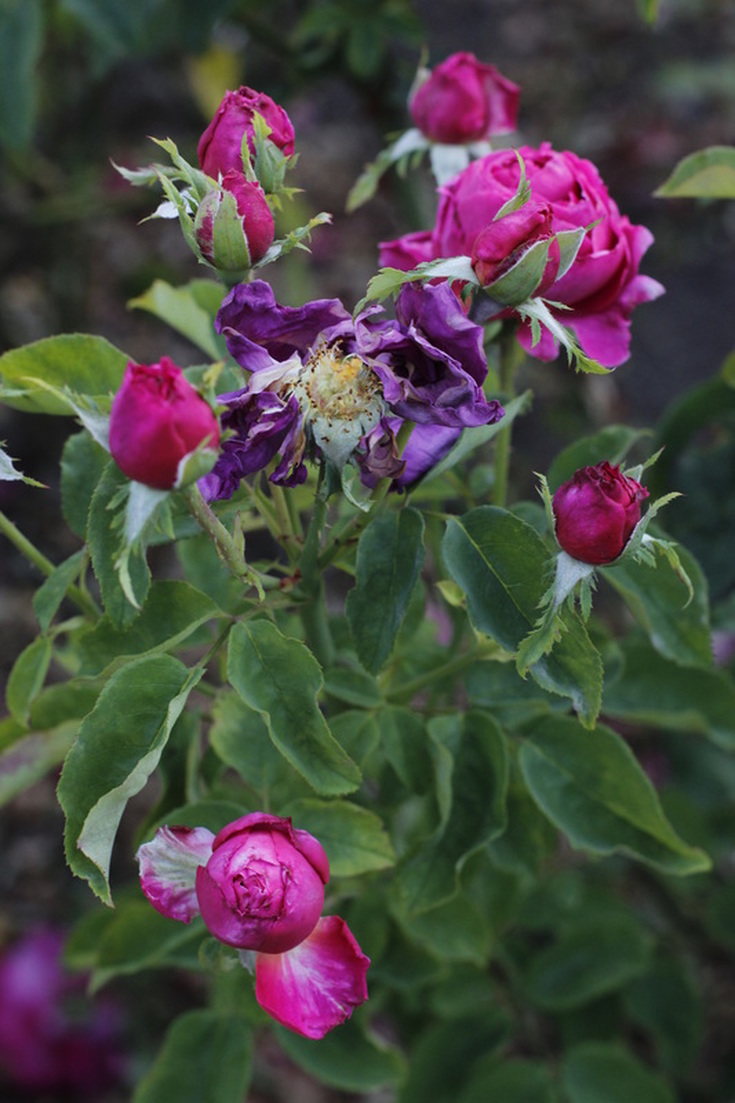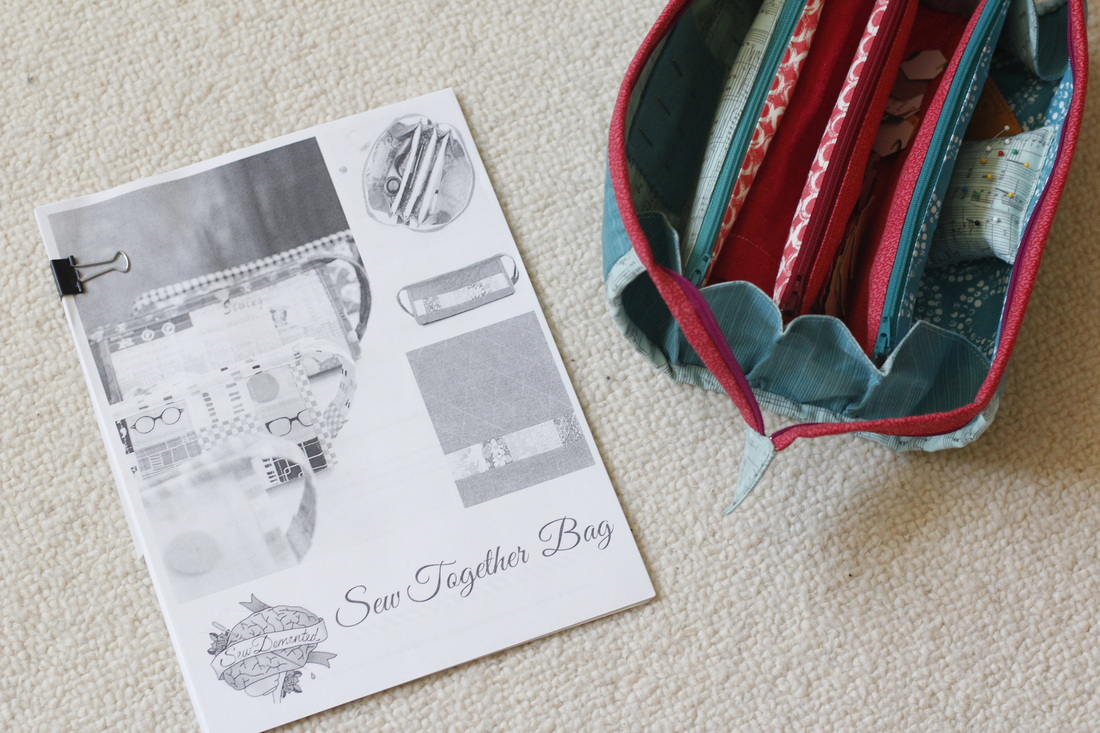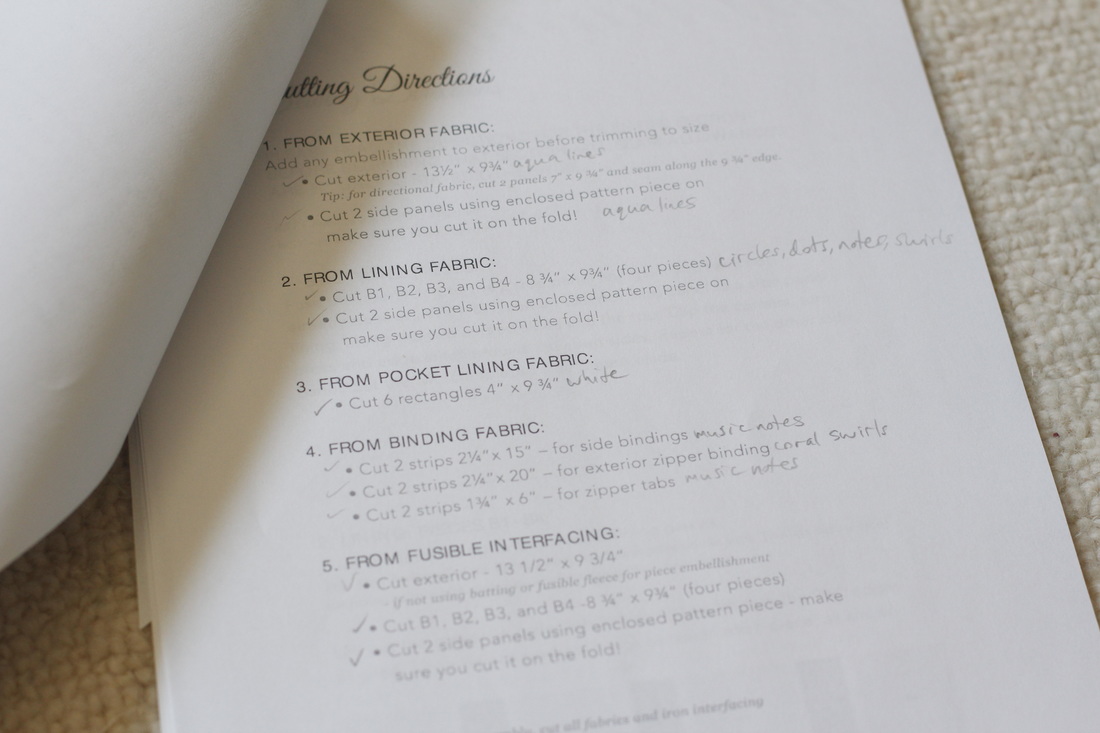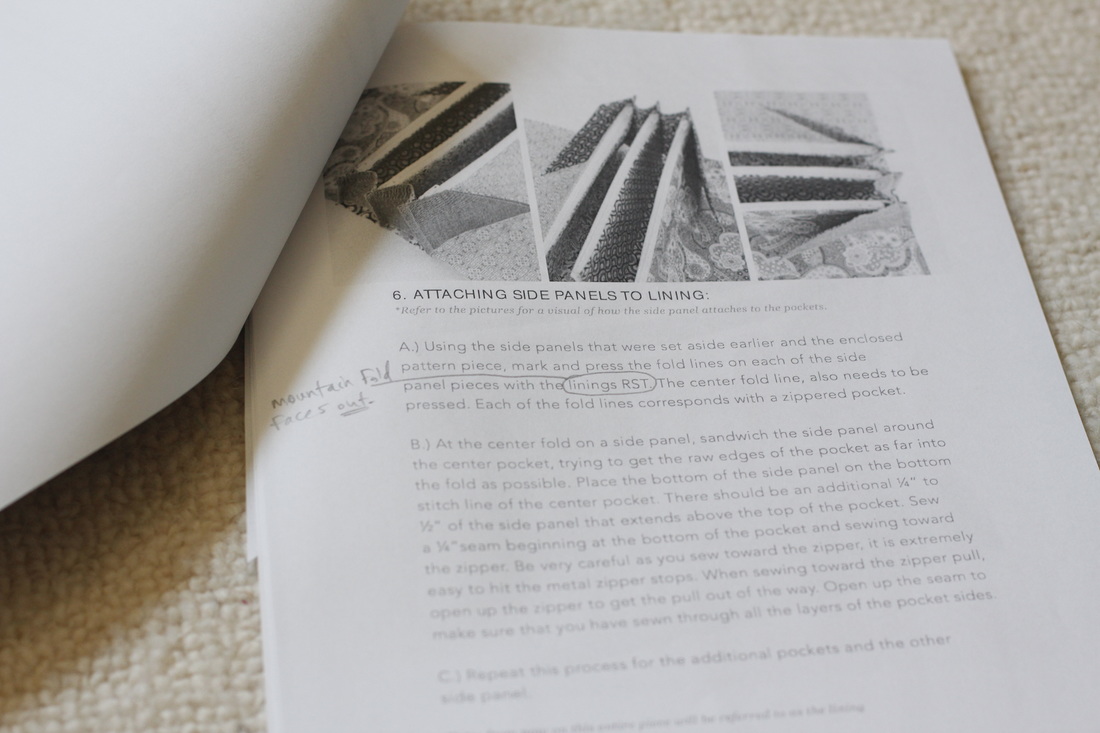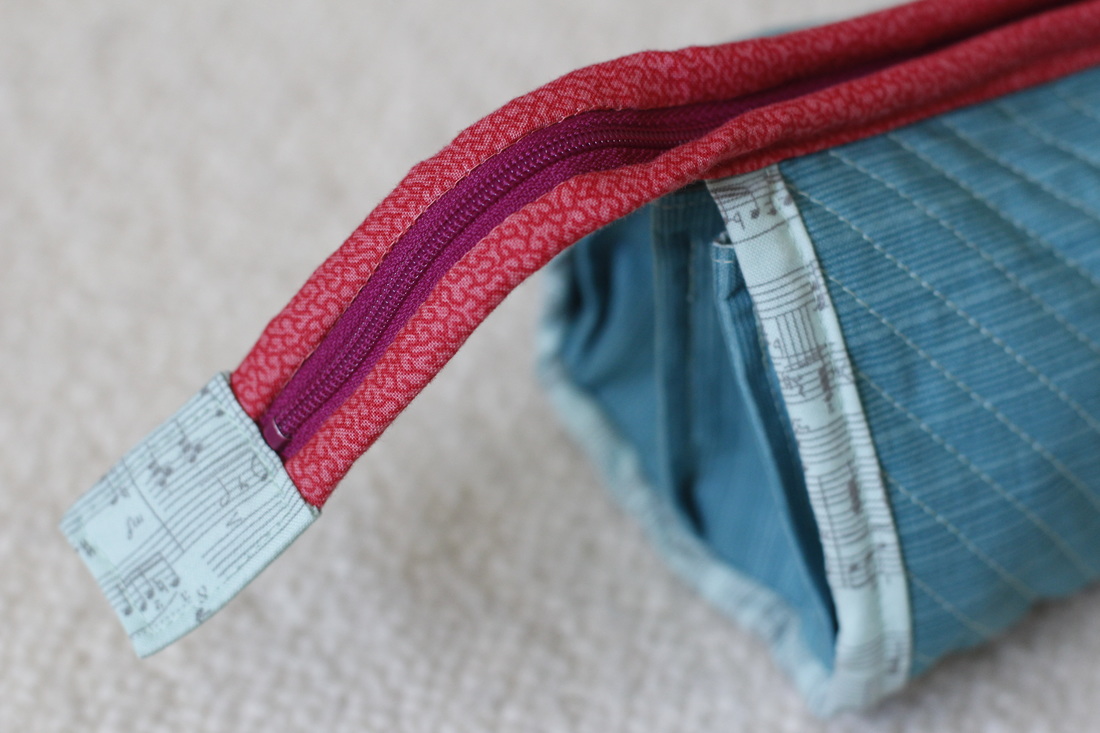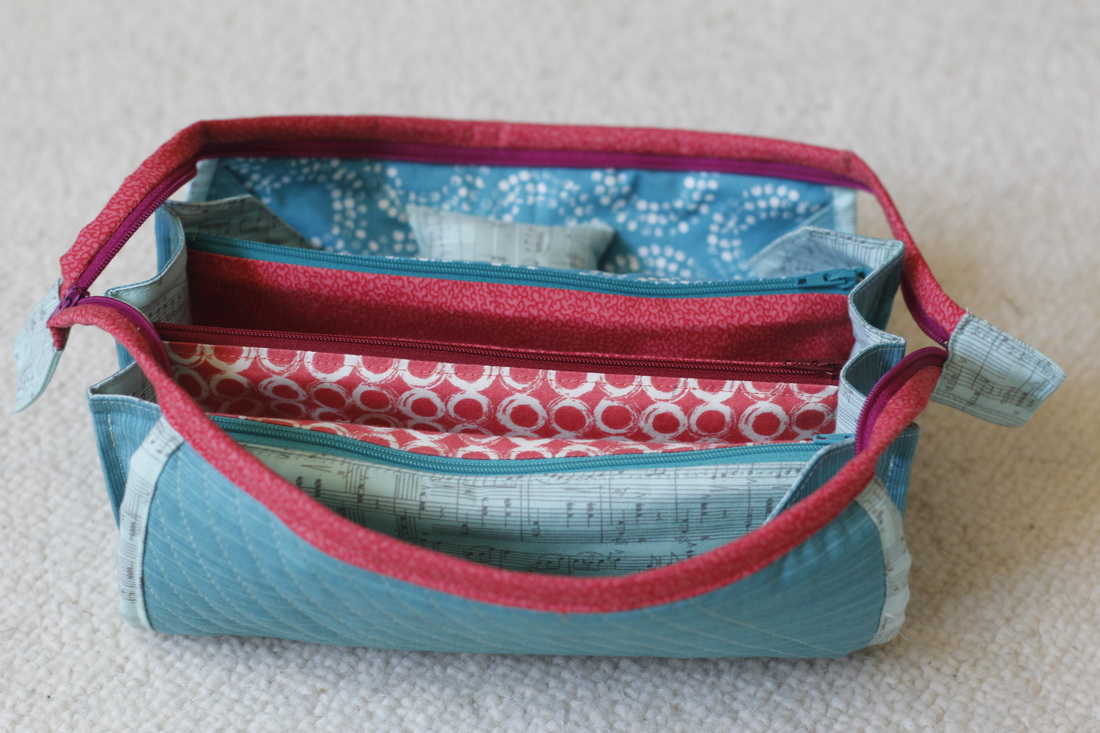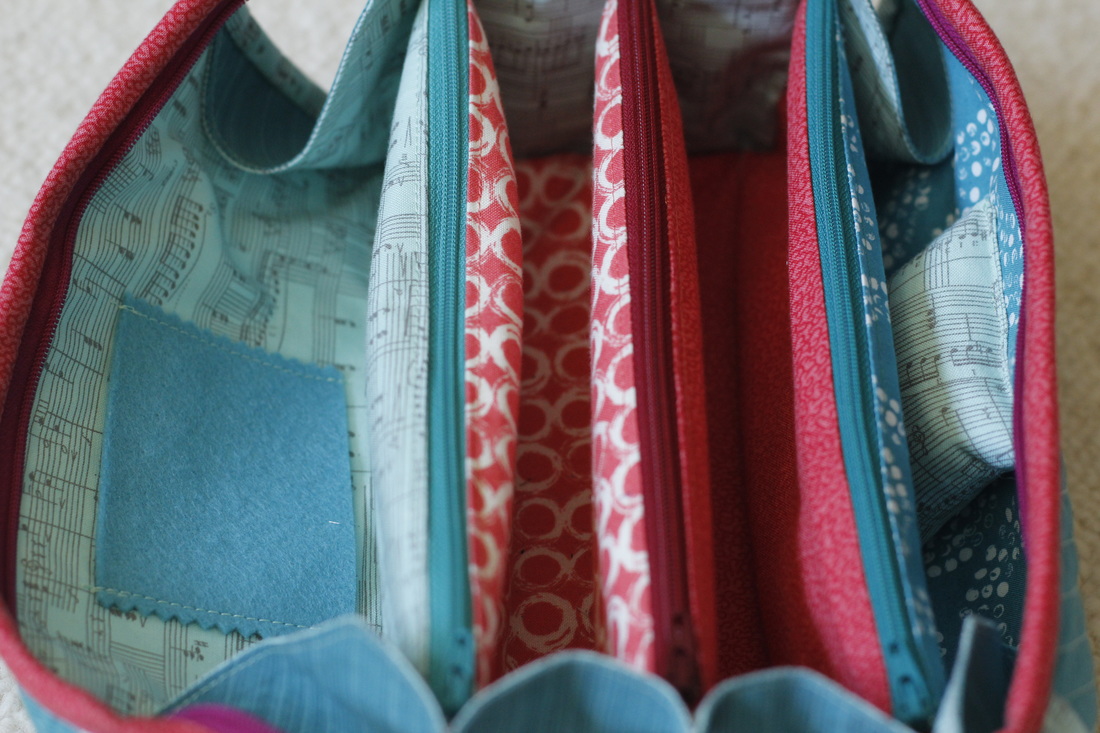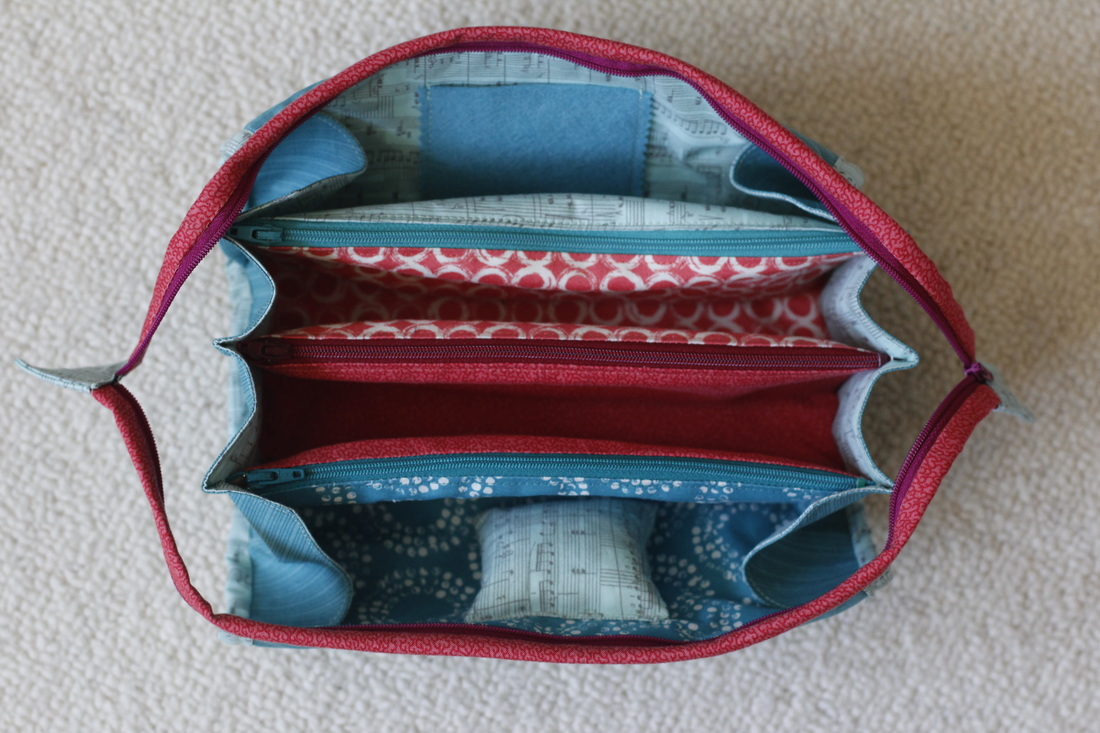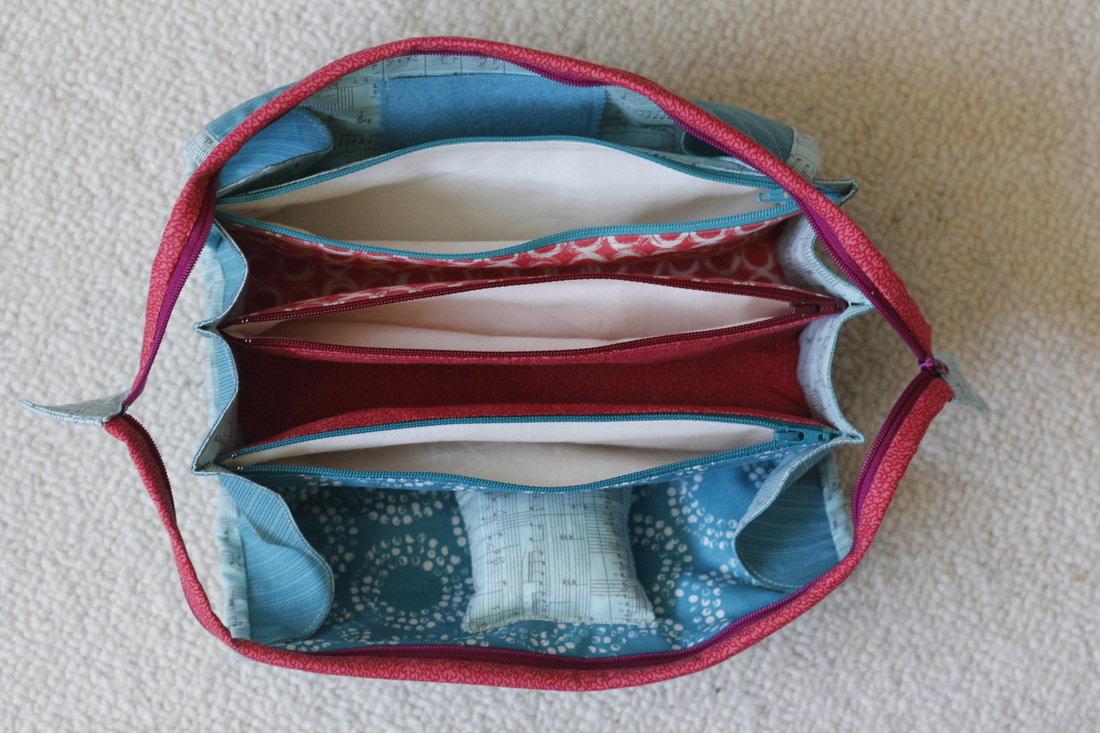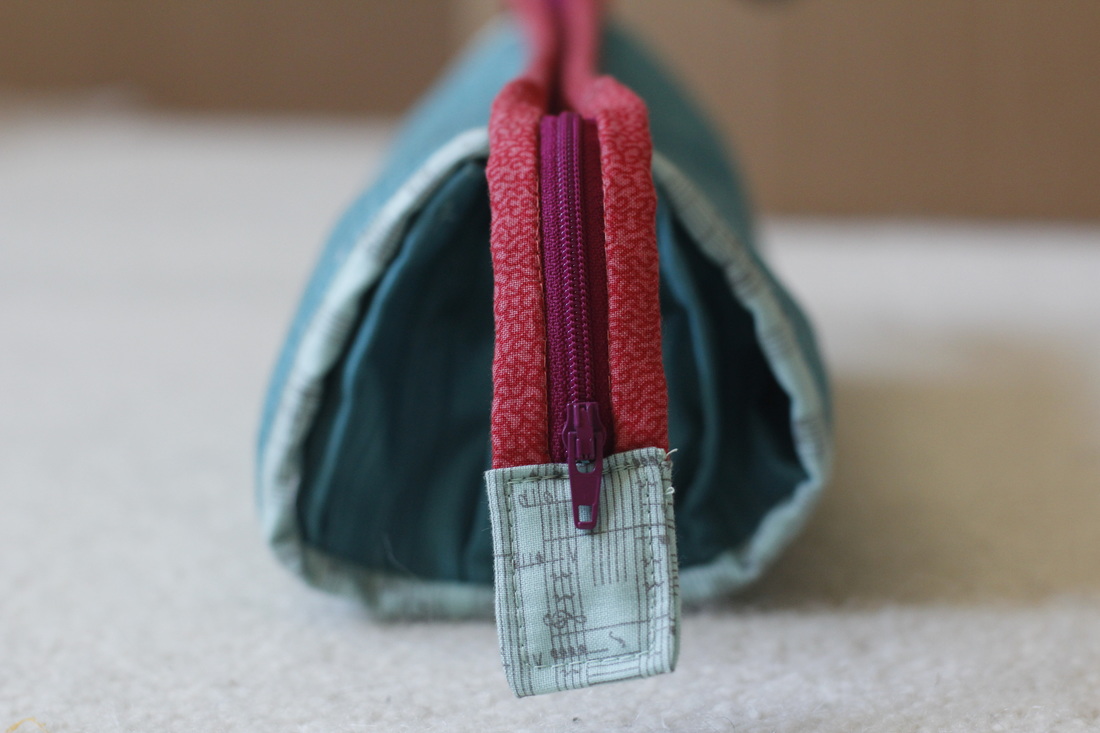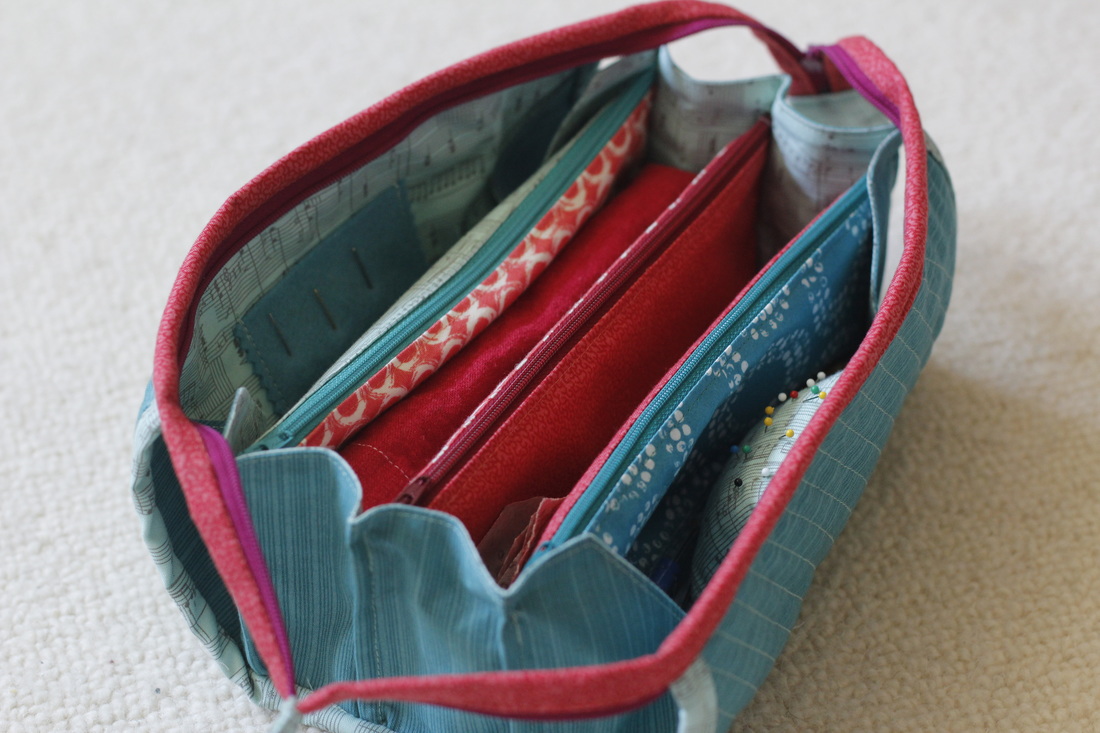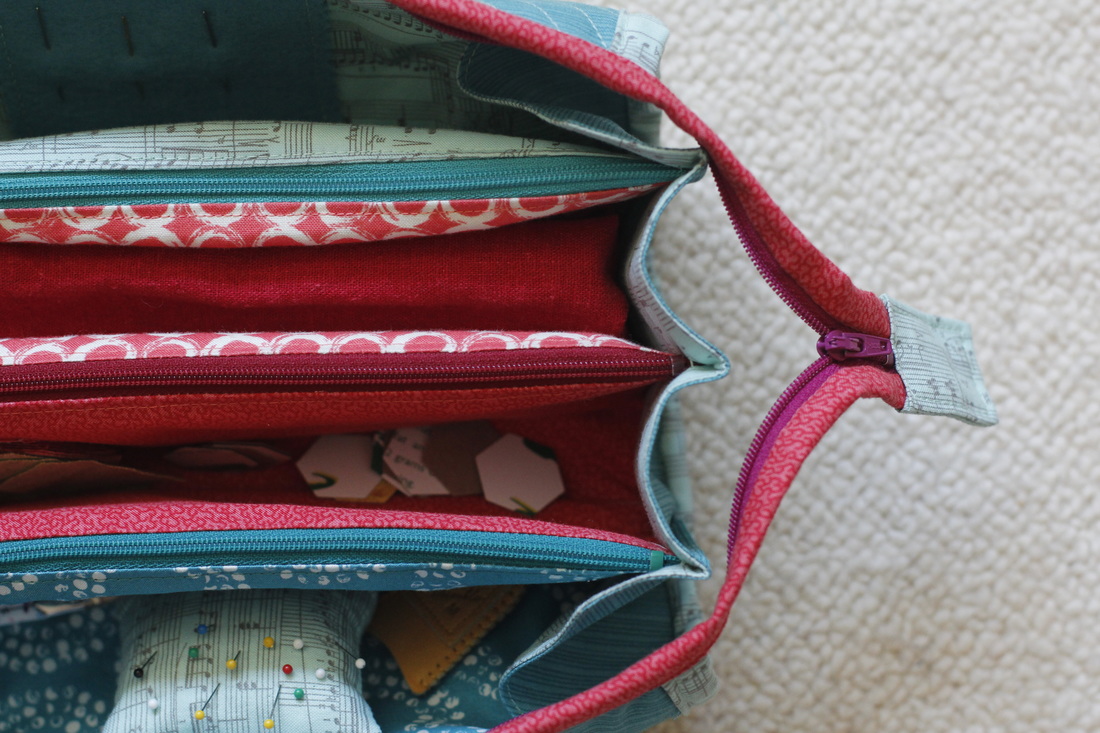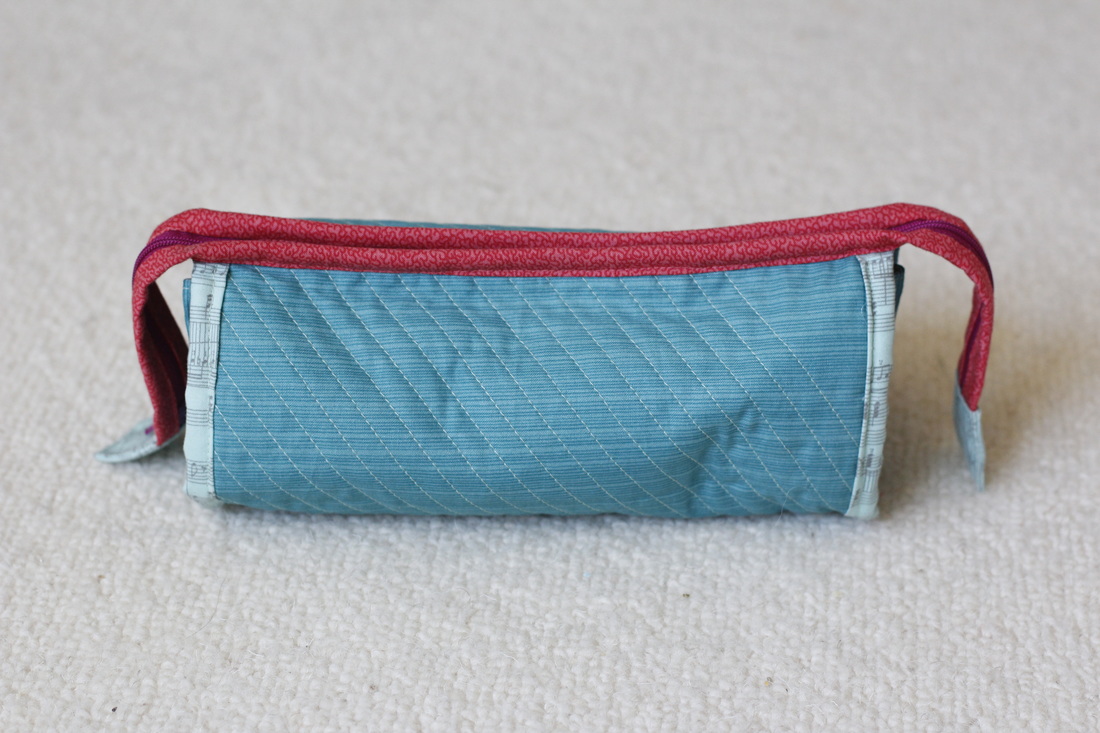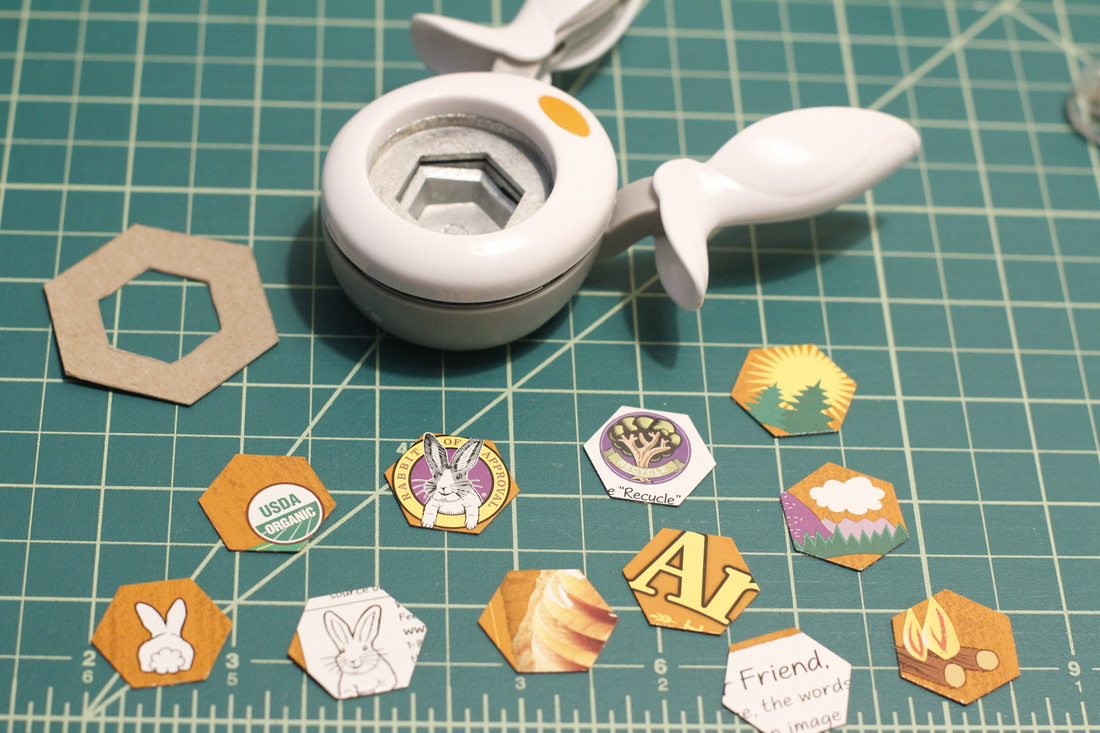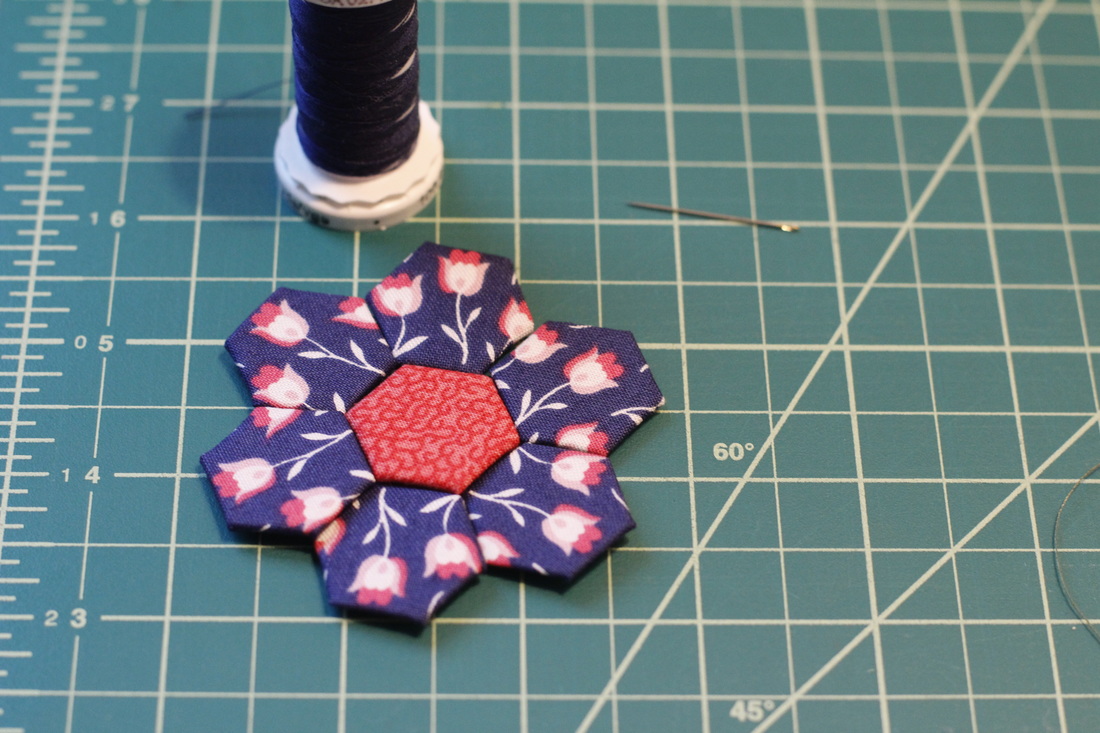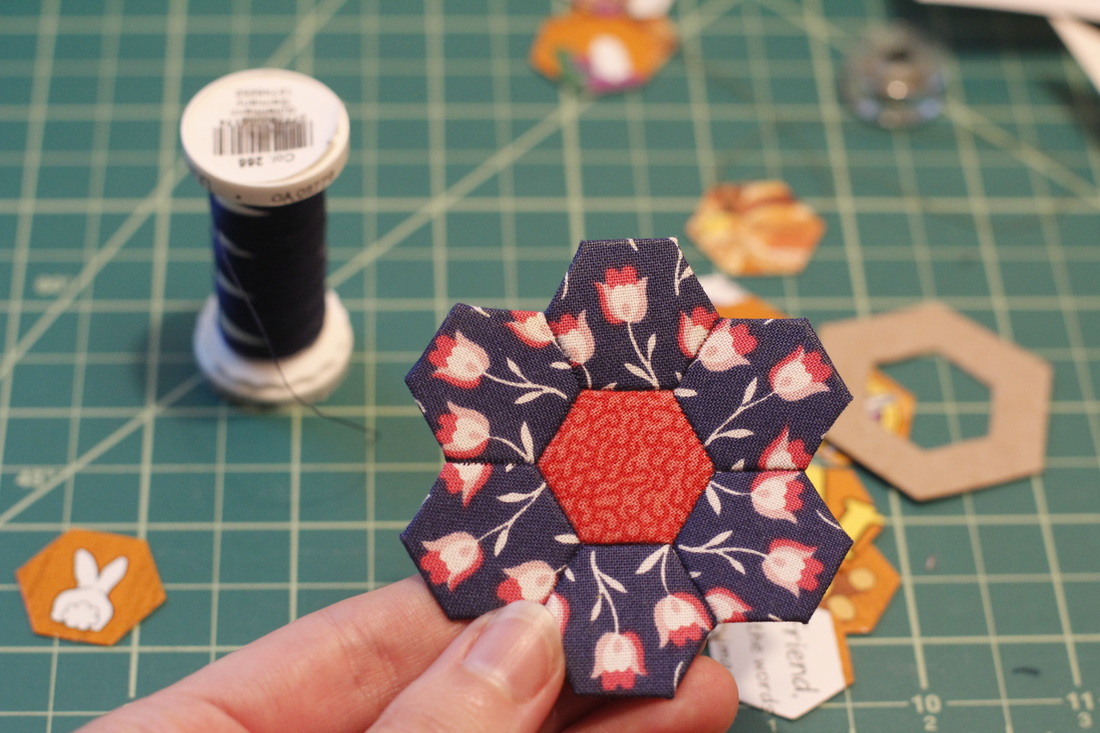I'm excited to have a tutorial over on Sew Mama Sew today.
I started my journey into English paper piecing with hexagons. As one of the few regular polygons that can tessellate all on its own, hexagons can be used to create many interesting designs. But there is a limit to the type of designs you can make with them. One day, as I was meditatively basting and sewing hexagons together, I started thinking about how I could make my own more complex designs. Rather than starting from scratch, I decided to adapt a design I found in a geometric coloring book. It's a simple technique that anyone can use to create interesting English Paper Piecing patterns that are unique to their taste and skill level. I had lots of fun making this one here. I've got a few more units in process, but I love how it looks so far. I learned so much about EPP, such as what type of angles work well, how to get the fussy cutting just right, and how to line up seams. But that's a post for another day. In the meantime, head on over to Sew Mama Sew to read my tutorial on how to make your own EPP designs. I'd love to see what you make. Tag me on Instagram or send me a tweet so I can take a look.
